Television technology is changing so fast these days that you can’t help but wonder if all the TV brands are deliberately trying to force you to upgrade your TV every couple of years.
For most households, though, their TV remains a big-ticket item that’s expect to do a good few years of service. With this in mind, it really pays to put some effort into researching your next TV, to make sure you get the one that best suits your needs. Especially now there are so many different features and TV technologies for you to have to pick your way through.
Which is where this article comes in. Having reviewed all of the key TVs currently on the market, we’ve put together lists of the five best LCD/LED TVs.
Fans of LCD love their TVs of choice for their brightness and colour dynamism - features which serve the new high dynamic picture technology well, as well a making pictures easier to watch in bright room.
They might not have the same peerless, film-friendly contrast performance, incredibly slim designs, wide viewing angles and rich colours of OLED TVs, but if that floats your boat then we have a separate guide to the best OLED TVs available elsewhere on the site.
Here we’ve tried to cover a reasonable range of price points and features, in a bid to find something for everyone. We’ll explain exactly why each TV has been selected, and any flaws it might have, so that you can get a feel for whether it’s the right model for you.
Without further ado, then, here are the five best LCD/LED TVs money can currently buy.
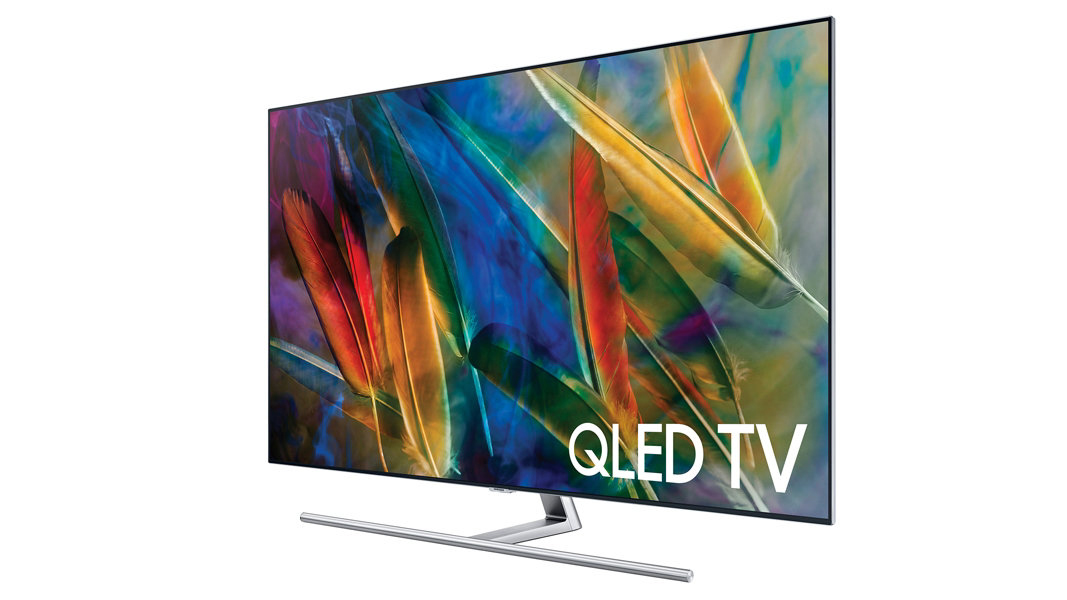
The Q7F series use Samsung’s new QLED Quantum Dot technology to deliver extreme levels of brightness and colour. This enables them to handle the new high dynamic range (HDR) picture format, with its expanded brightness range, more spectacularly than any other TV series featured on either of our Best LCD/Best LED TVs.
The Q7Fs also have another unique trick up their sleeves: a new screen filter that does an unprecedentedly good job of ‘soaking up’ ambient light and reflections from your room. So you can watch them in a bright room environment without their pictures losing much of their impact. This is a huge deal for the many households where blacking out living rooms is either impossible or a chore.
The Q7F TVs deliver 4K and HD pictures with extreme sharpness, and take less than 25ms to render their images. These features join with the colour and brightness in making the Q7Fs exceptional video gaming displays.
The Q7Fs do have a weakness: they struggle to deliver deep, cloud-free black colours during dark scenes. But you’ll only notice this if you’re watching in a really dark room. For typical living room conditions, it’s not a serious issue.
Read the full review: Samsung Q7F
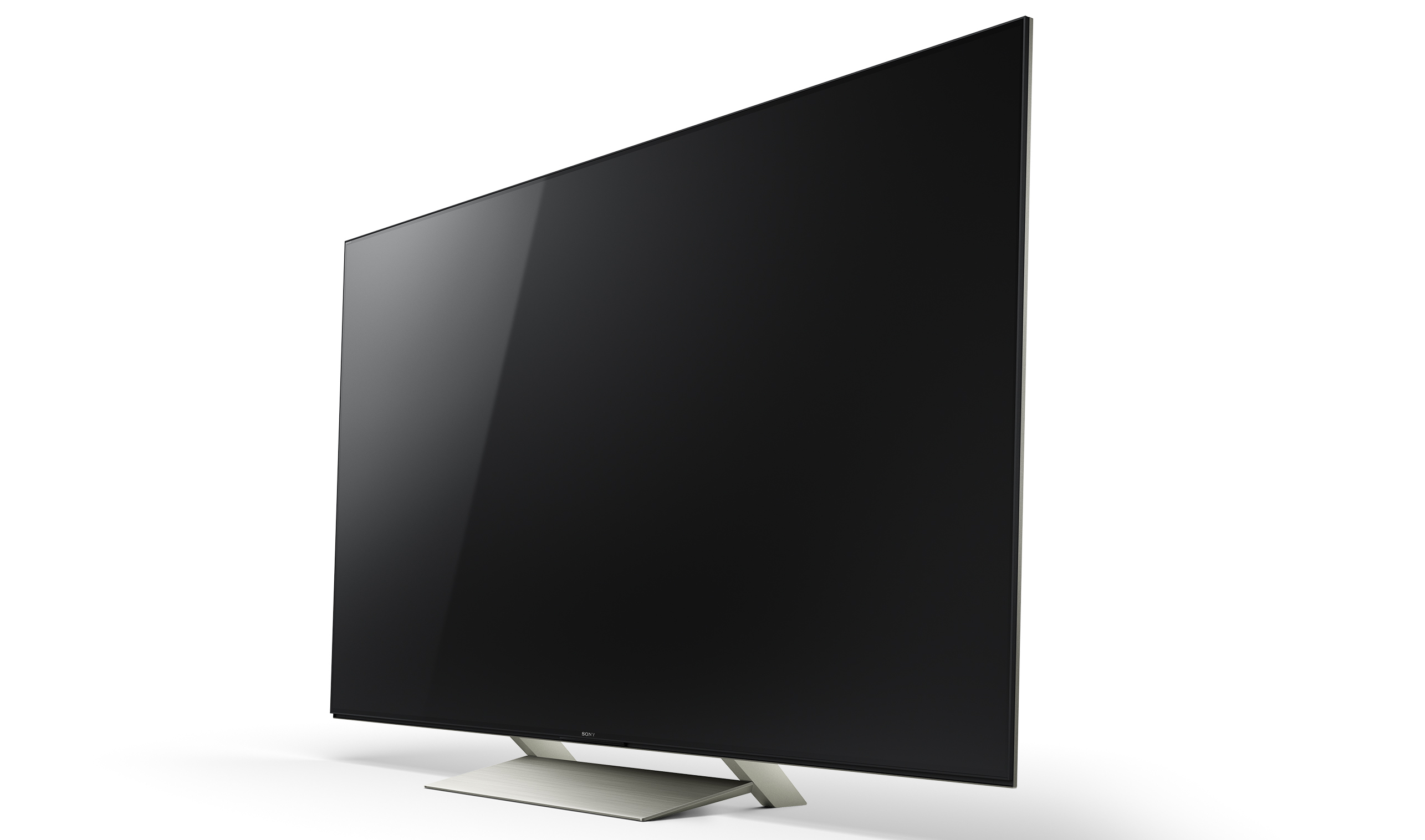
If you’ve got the space for it, the 75-inch 75X940E is a fantastic way to make the step up from just ‘watching TV’ to having a genuine home cinema experience.
We don’t only like it because it’s big, though. It also delivers much brighter pictures than any projector system can, for instance, making it far more effective at delivering the impact of today’s high dynamic range sources. Even better, thanks to its direct lighting system with local dimming (enabling sections of the lights behind the screen to delivers different levels of brightness to their neighbours) it delivers its projector-crushing brightness without compromising dark scenes.
Colours look rich and natural too, while Sony’s X1 Extreme processing engine gives images a level of refinement that’s truly a sight to behold on a screen this large.
The TV is also due to add compatibility with the premium Dolby Vision HDR format via an imminent firmware update.
Its viewing angle is slightly limited, its Android TV smart system is cumbersome and buggy, and just occasionally a dark HDR object appearing against a bright backdrop can look like a silhouette rather than a fully realised part of the image. These are relatively minor blips, though, in an otherwise masterful effort.
Read the full review: Sony 75X940E
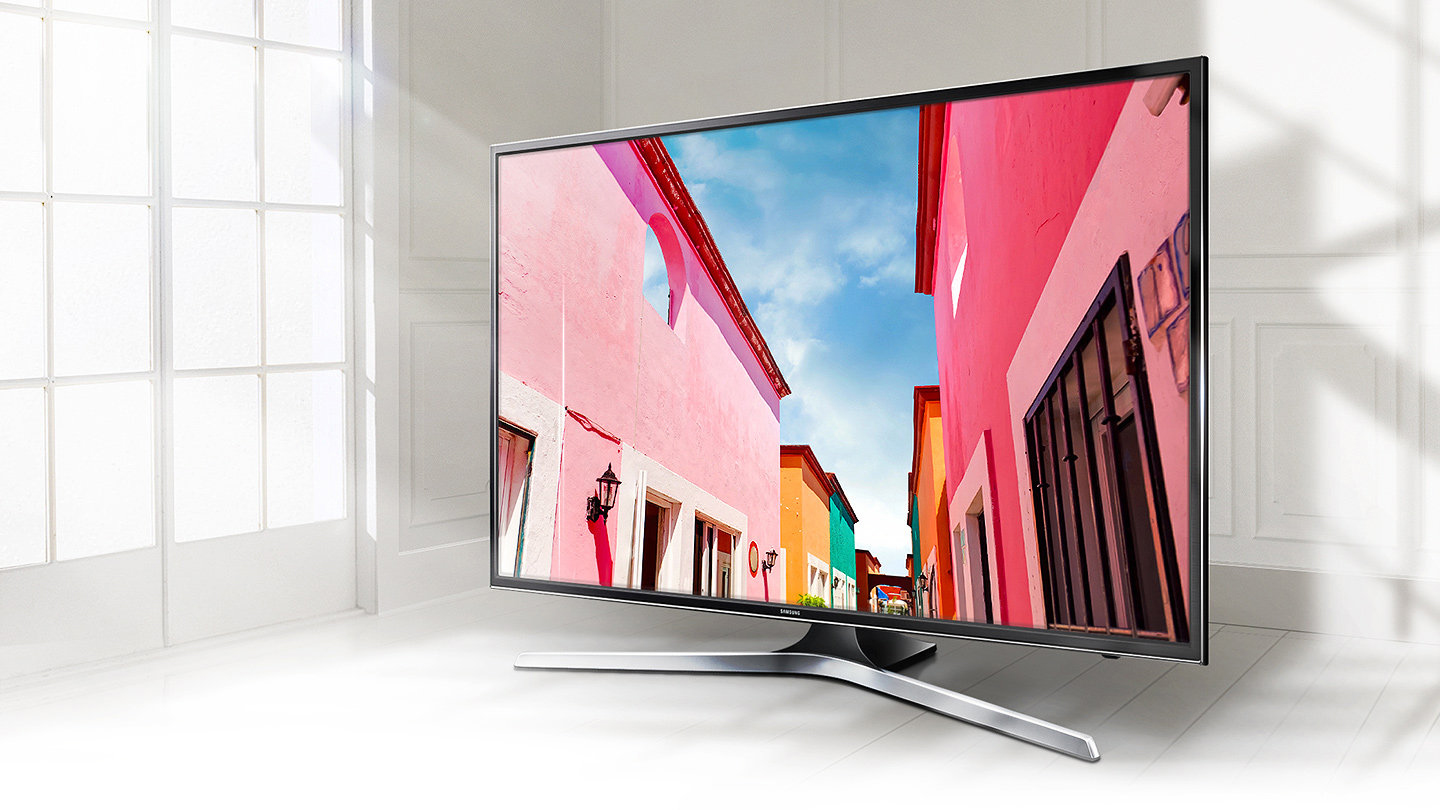
If you can’t run to the relatively high costs of Samsung’s QLED TVs, the MU6400’s are an excellent cut-price gateway into at least some of Samsung’s cool LCD technology.
They deliver more brightness and colour range than any other TVs in their price bracket, making them uniquely good for their money with HDR sources. They’re also pristinely sharp and detailed, getting the maximum impact from native 4K sources.
There’s a content-rich, easy to use smart TV system too, and the series takes in a huge range of screen sizes, covering the full gamut of user scenarios from small living room to dedicated home cinema installation.
Black levels occasionally look a little grey with dark scenes, viewing angles are limited, and the picture lacks the explosive punch of more expensive Samsung series. But as with all of the TVs on this list, the MU76400s are the best around for their price point.
Read the full review: Samsung MU6400
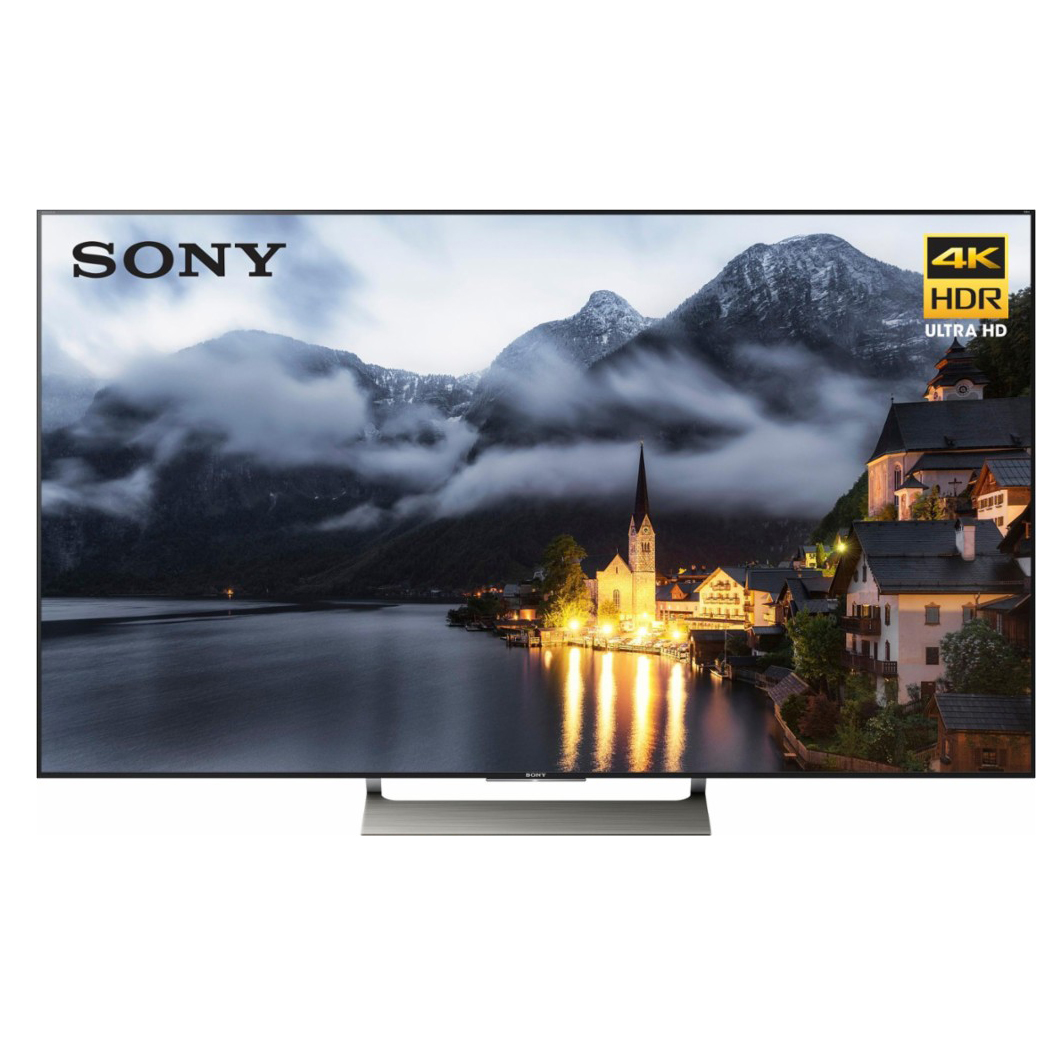
The X900E series’ big trick is that unlike the vast majority of rival sets in its price range, it lights its pictures using LEDs placed directly behind the screen rather around its edges.
This helps it produce an exceptionally convincing contrast performance for its money, with deep, rich black colours and impressively little sign of the sort of backlight clouding you get with edge-lit alternatives.
Also helping the X900E’s shine is Sony’s terrific X1 video processing. Even though this isn’t as powerful as the X1 Extreme system found in Sony’s more premium TVs, it still delivers cleaner, more detailed pictures with both native 4K and upscaled HD pictures than most processing engines. It combines with Sony’s Triluminos wide colour technology, too, to deliver vivid, natural, beautifully balanced tones with all sorts of content.
The X900E’s chipset isn’t powerful enough to handle the premium Dolby Vision HDR platform like Sony TVs with the X1 Extreme system can. But this seems a fair compromise given how affordable the X900Es are.
As with most LCD TVs, the X900Es lose colour and contrast if watched from an angle. Also, the X900Es don’t quite have enough brightness to unlock as much of the potential of HDR as some more expensive screens. But many movie fans will consider this a more than acceptable compromise in return for such excellent contrast at such an approachable price.
Read the full review: Sony X900E
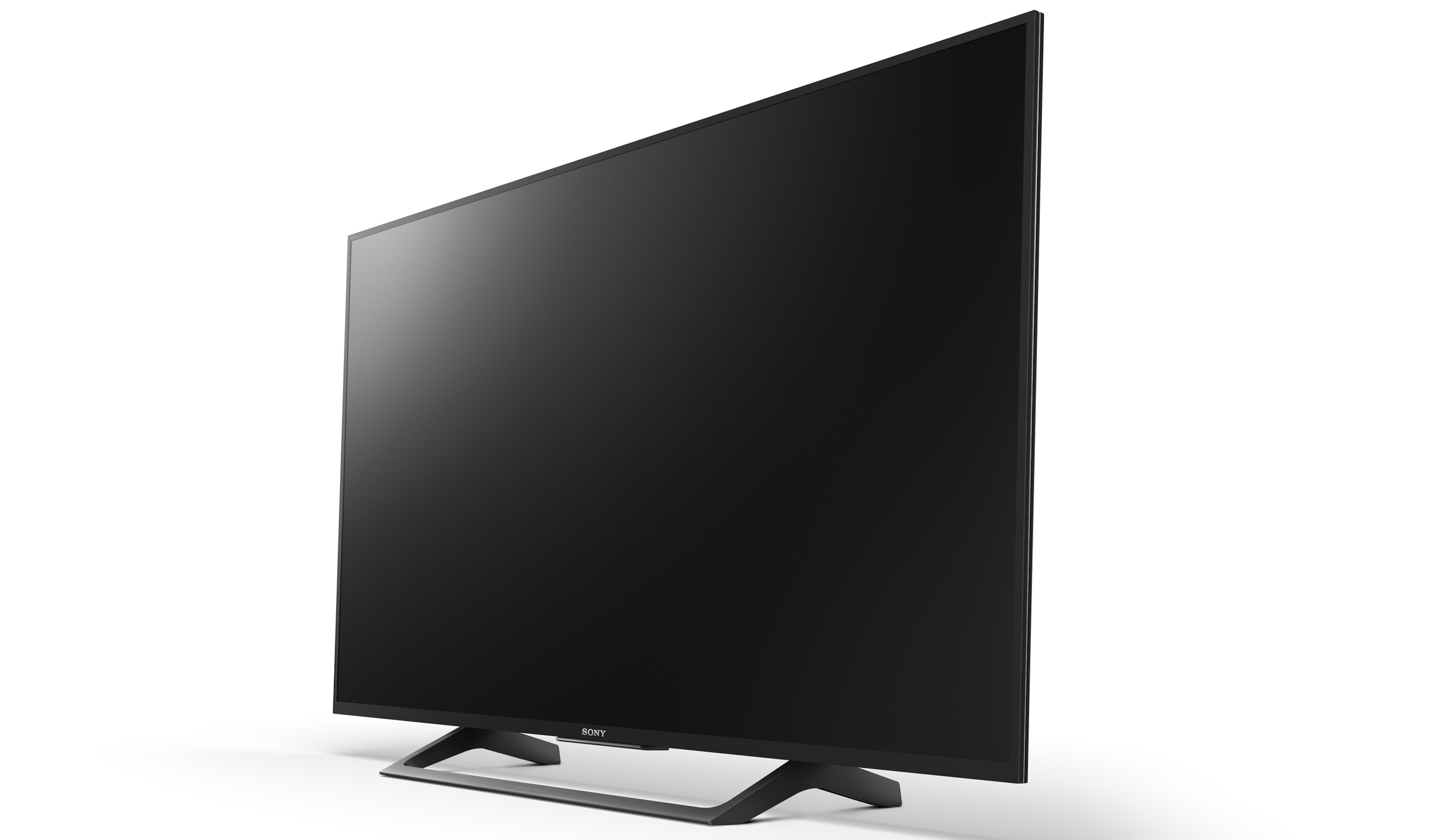
Sony has this year managed to extend its picture prowess down to a lower level of its LED range than ever before in the shape of the X8596Es.
There are two reasons for this. First, unlike previous 8 series, this one uses VA-type panels rather than low-contrast IPS ones. Second, the X8596Es manage to cling on to one of Sony’s excellent X1 picture processing chipsets, meaning they enjoy all the detail, colour and motion clarity and refinement this chipset is renowned for.
Standard dynamic range pictures look ridiculously good for such an affordable TV. Full of contrast, free of backlight flaws, rich in colour and impressively crisp and detailed. Especially with native 4K sources, but also, thanks to the quality of the X1 processor, with upscaled HD sources.
The X8596Es handle HDR reasonably well too, managing their backlights and colours unusually effectively for their money.
Just bear in mind that the X8596E series are comfortably the least bright TV on this list, so there is a limit to how much impact they can deliver from HDR’s expanded light range.
Read the full review: Sony X8569E
- Our guide to the best TVs has you covered if you don't care about panel type
from TechRadar - Television news http://ift.tt/2nAFHuU
via IFTTT
0 التعليقات: